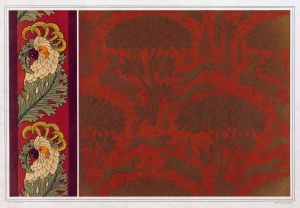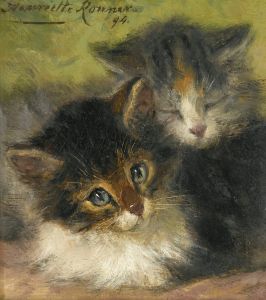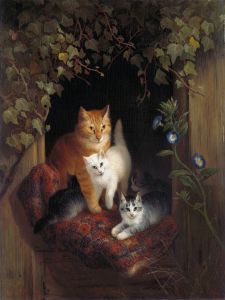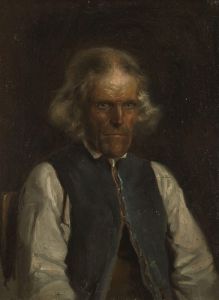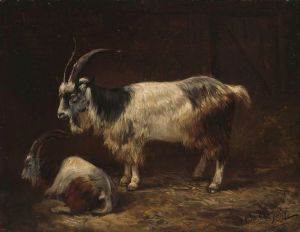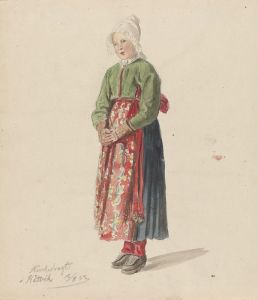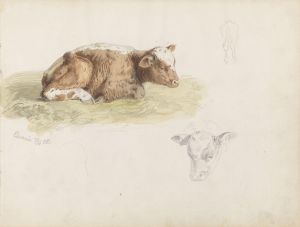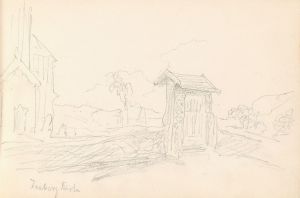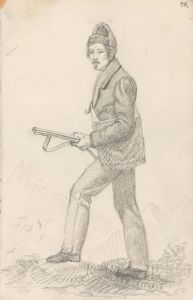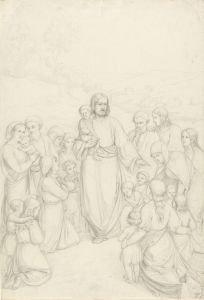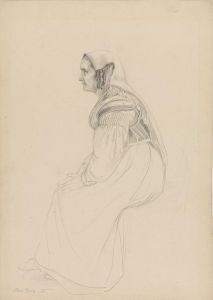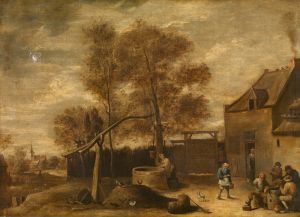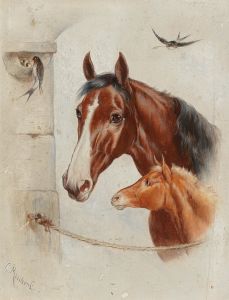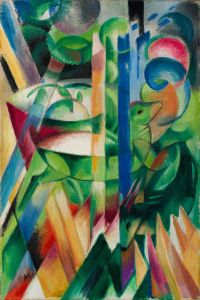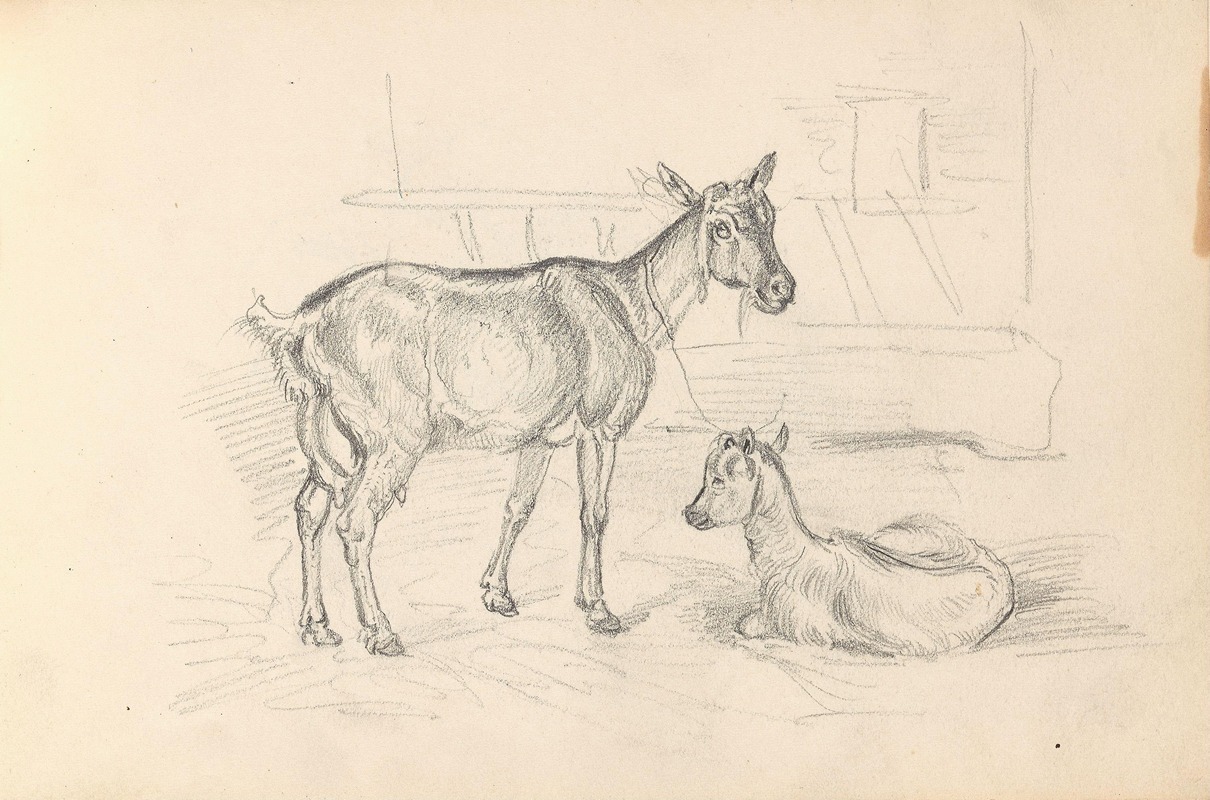
Geit og killing
A hand-painted replica of Adolph Tidemand’s masterpiece Geit og killing, meticulously crafted by professional artists to capture the true essence of the original. Each piece is created with museum-quality canvas and rare mineral pigments, carefully painted by experienced artists with delicate brushstrokes and rich, layered colors to perfectly recreate the texture of the original artwork. Unlike machine-printed reproductions, this hand-painted version brings the painting to life, infused with the artist’s emotions and skill in every stroke. Whether for personal collection or home decoration, it instantly elevates the artistic atmosphere of any space.
Adolph Tidemand, a prominent Norwegian painter of the 19th century, is well-known for his depictions of Norwegian rural life and culture. One of his lesser-known works, "Geit og killing" (translated as "Goat and Kid"), reflects his characteristic attention to detail and his ability to capture the essence of everyday life in Norway. The painting portrays a goat and its kid, set against a naturalistic background that emphasizes the rural and pastoral themes often present in Tidemand's art.
Adolph Tidemand (1814–1876) was a central figure in the Norwegian National Romanticism movement, which sought to celebrate and preserve Norway's cultural heritage during a time of growing national identity. His works often focused on scenes from Norwegian folklore, traditional costumes, and rural landscapes. While "Geit og killing" is not as widely recognized as some of his other masterpieces, such as "Haugianerne" or "Brudeferden i Hardanger" (created in collaboration with Hans Gude), it still embodies his dedication to portraying the simplicity and beauty of rural Norwegian life.
The painting is executed in a realistic style, which was typical of Tidemand's approach. His works often combined a deep respect for his subjects with a meticulous attention to detail, aiming to document and preserve the traditions and way of life of the Norwegian people. In "Geit og killing," the focus on the animals suggests an appreciation for the natural world and its role in the daily lives of rural communities.
As with many of Tidemand's works, the exact date of creation for "Geit og killing" is not widely documented, and detailed information about its current location or provenance is scarce. However, it is consistent with his broader body of work, which often highlighted themes of simplicity, tradition, and the connection between humans and nature.
Adolph Tidemand's contributions to Norwegian art and culture remain significant, and his works continue to be celebrated for their historical and cultural value. While "Geit og killing" may not be among his most famous paintings, it serves as an example of his ability to find beauty and meaning in the everyday scenes of rural life.





